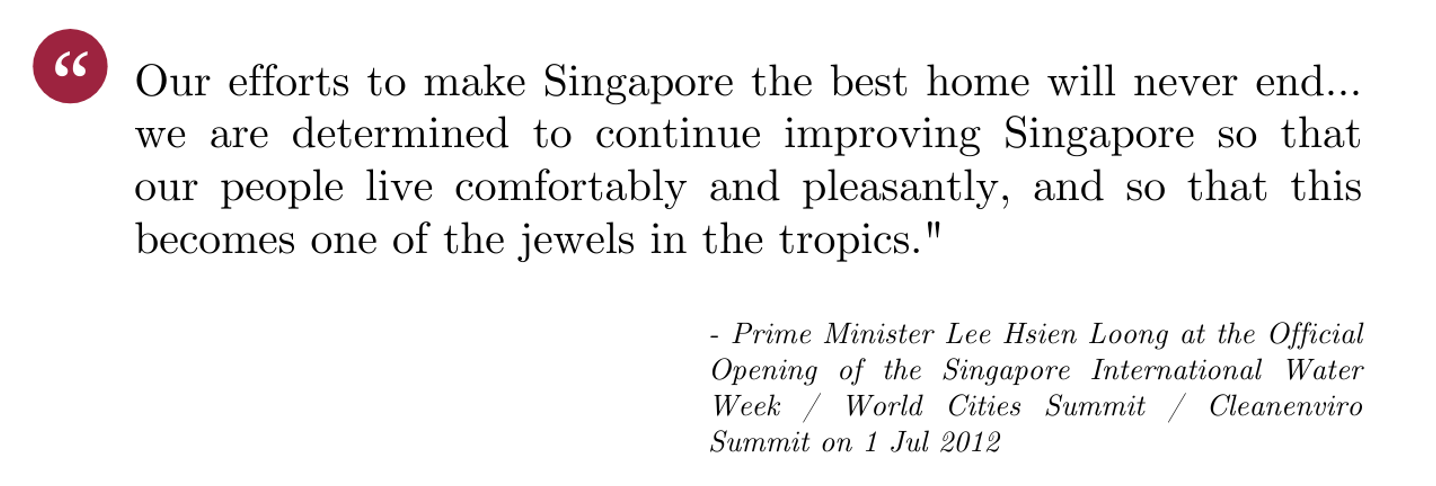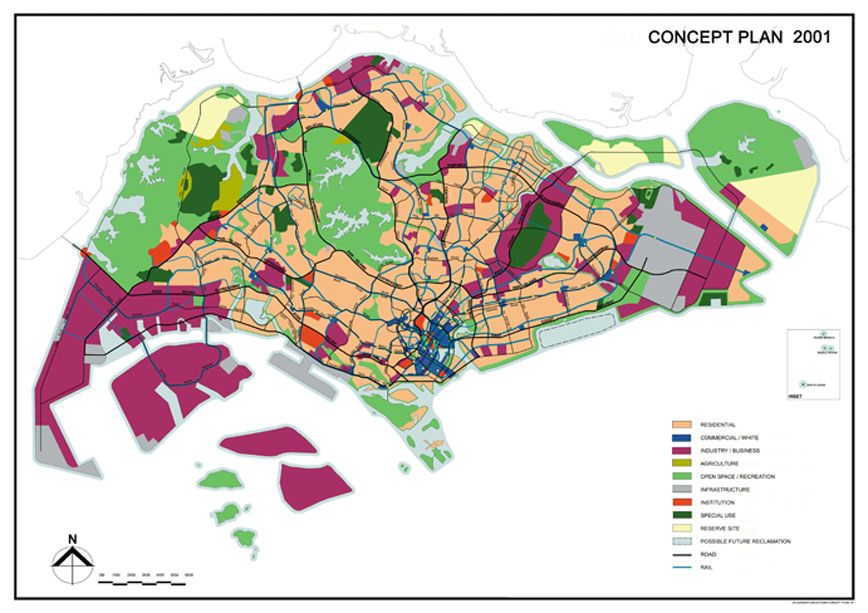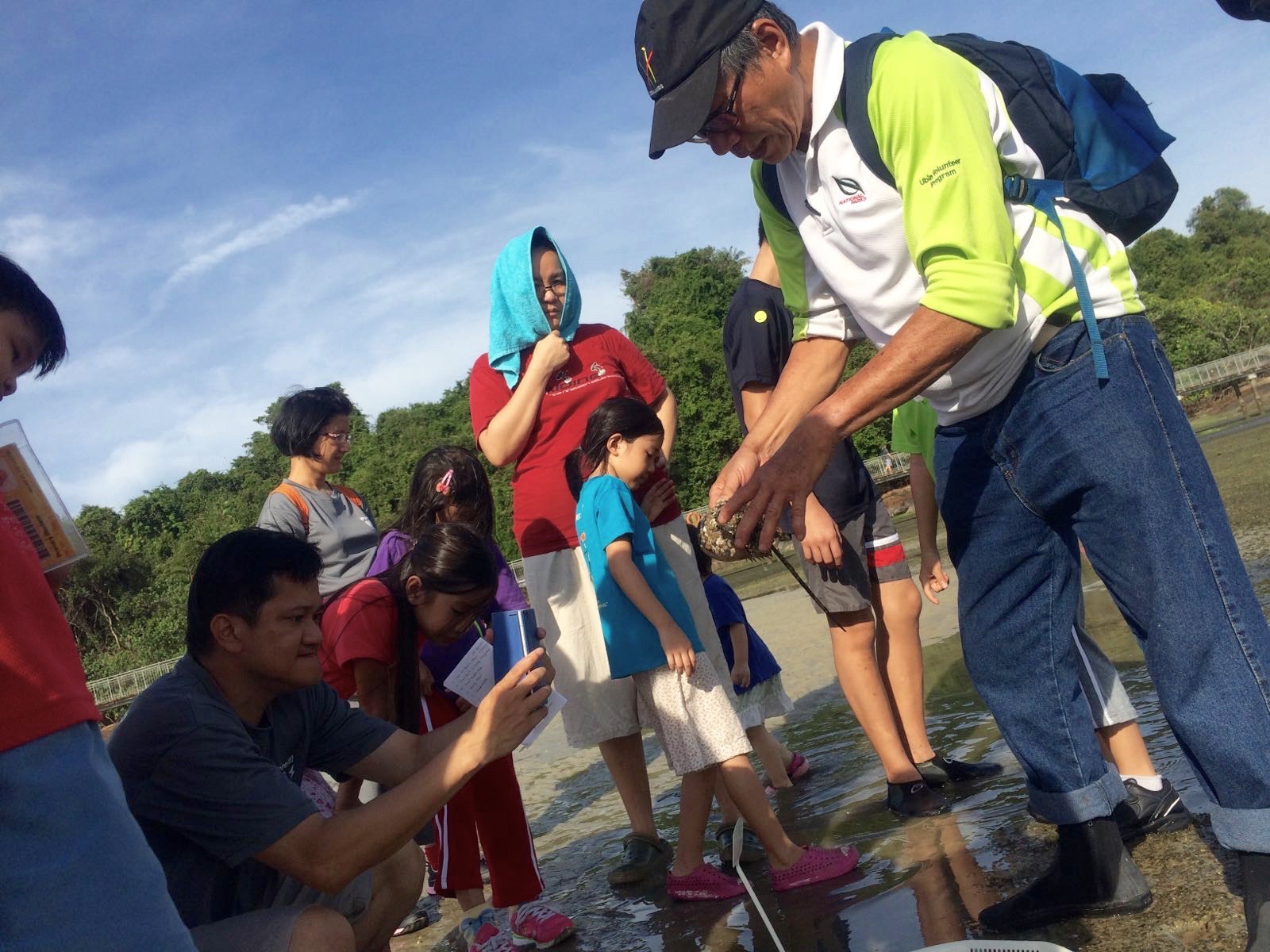Engaging the Community
Engaging The Community

Citizens play a crucial role in Singapore’s urban planning approach. In his 2011 National Day Rally Speech, Prime Minister Lee Hsien Loong had said the country needed ‘active citizens’ to change Singapore for the better.
As more Singaporeans become more educated and informed, they also want to be more involved in the country’s development. The Government started taking on a more consultative approach when it came to involving citizens in shaping our island and its development.
One example was the 2001 Concept Plan. While conceptualising past Master and Concept Plans previously involved only the likes of professionals, academics and the Government, citizens were now roped into the planning process. An extensive public consultation exercise was carried out with the formation of two focus groups that comprised everyday Singaporeans such as working professionals, grassroots members and students. These groups explored two things: balancing Singapore’s scarce land resources and preserving our identity through heritage sites.
 Image: URA
Image: URA
The preservation of the Chek Jawa coastal wetlands was a result of this consultative approach. When its eastern tip was slated for reclamation, a public forum hosted by the URA in 2001 debated on this issue, arguing that the move would destroy much of the rich biodiversity found there. Reclaiming Chek Jawa would also adversely impact existing natural eco-systems in the east of Pulau Ubin – an island known for its rich natural heritage.
A public campaign to save Chek Jawa ensued. Singaporeans wrote into the press and ministries, and the MND conducted a public feedback forum where nature groups voiced their concerns. They also submitted alternative proposals backed by scientific arguments.
On 20 December 2001, then-Minister for National Development Mah Bow Tan also held dialogues with several nature groups to discuss saving Chek Jawa’s wildlife. MND then decided to defer the reclamation project and consult with experts on the solutions to protect the marine life in the area.
Instead, plans were drawn up to protect and preserve the biodiversity at Chek Jawa. The Government spent $6.2 million to build boardwalks, a viewing tower and a visiting centre that allowed the public to visit Chek Jawa without harming the fragile eco-system there.
 Image: Chek Jawa / Visit Singapore
Image: Chek Jawa / Visit Singapore
Over the years, many groups of Singaporeans have also volunteered for coastal clean-ups and to preserve the biodiversity in Chek Jawa. It is a space that has enabled environmental stewardship, particularly amongst the youth, and helped cultivate love and appreciation for nature. It is this passionate activism that has also helped protect wildlife in the fragile ecospheres in the Chek Jawa inter-tidal zones.
 Image: NParks
Image: NParks

